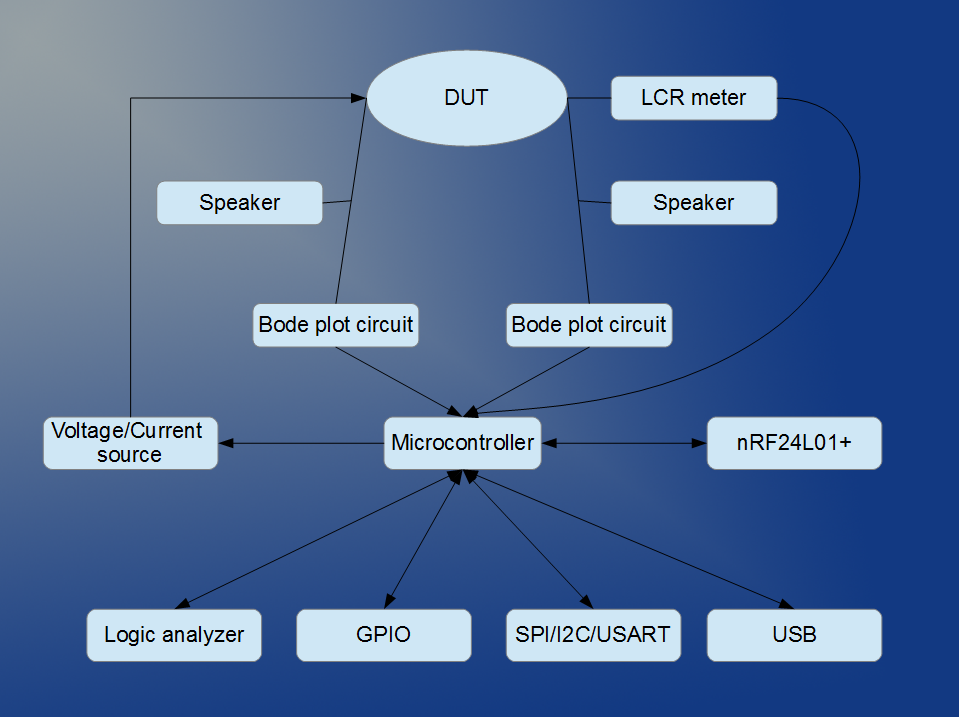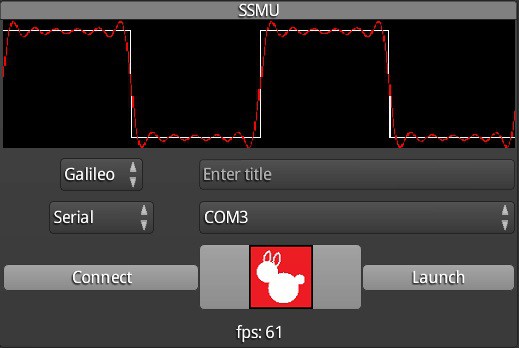Current spec list:
1-2* voltage sources (-5V - 5V, sourced from 12bit 1MSPS DAC)
1 current source (+/- 15mA)
2 voltage measurements (12bit resolution @ 1MSPS, variable gain, AC or DC coupling, 100kHz bandwidth)**
2 current measurements (80kHz bandwidth)
Fixed and adjustable power supply (+3.3V, +/-5V, 0-9V)
Adjustable current limits for 0-9V rail and DAC output
Protocol analyzer (at least I2C, SPI, and UART)
LCR meter
USB and wireless (nRF24L01+) connectivity
*One voltage source is used for the current source but will be accessible when the current source is not in use
**While the microcontroller has support for 20 ADC channels, only two are broken out to the gain and AC/DC coupling circuit.
Concept video:
System design document:

License information:
Currently the microcontroller firmware has not been written. However, the base code for the desktop and mobile app uses the libGDX framework:
http://libgdx.badlogicgames.com/
The ngspice circuit simulator will also be included in the final product. I currently don't have plans to rebuild from source:
 BunneyDude
BunneyDude
